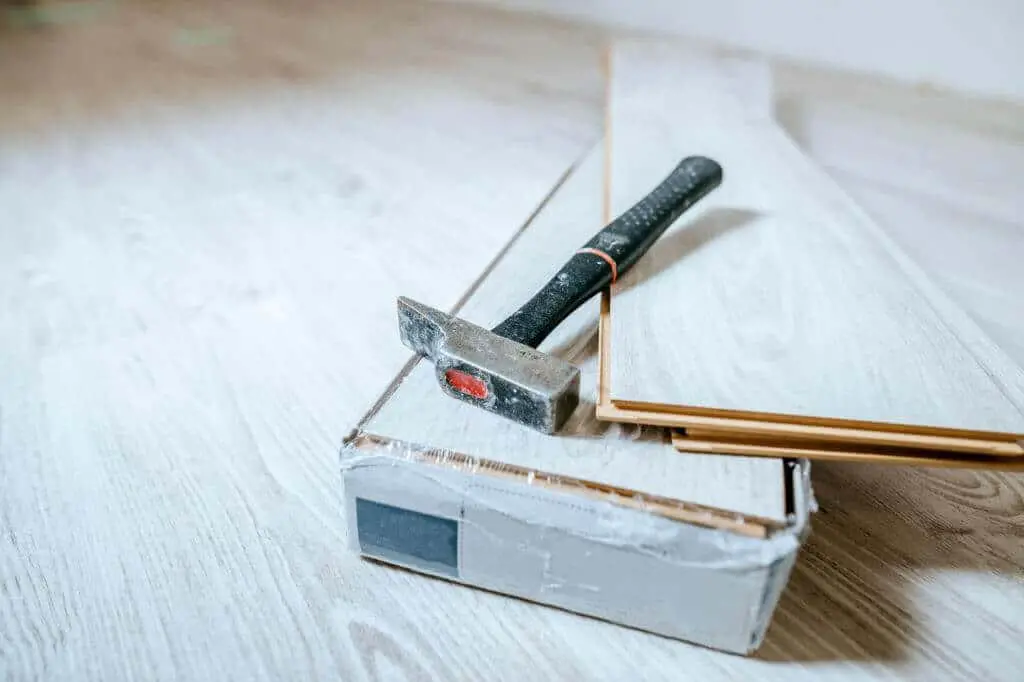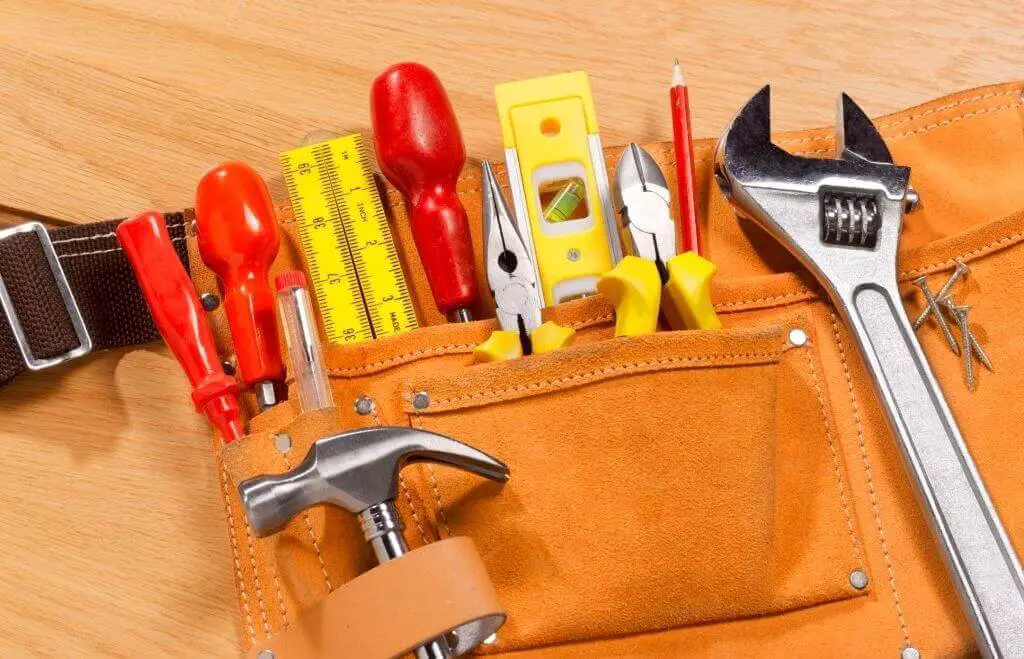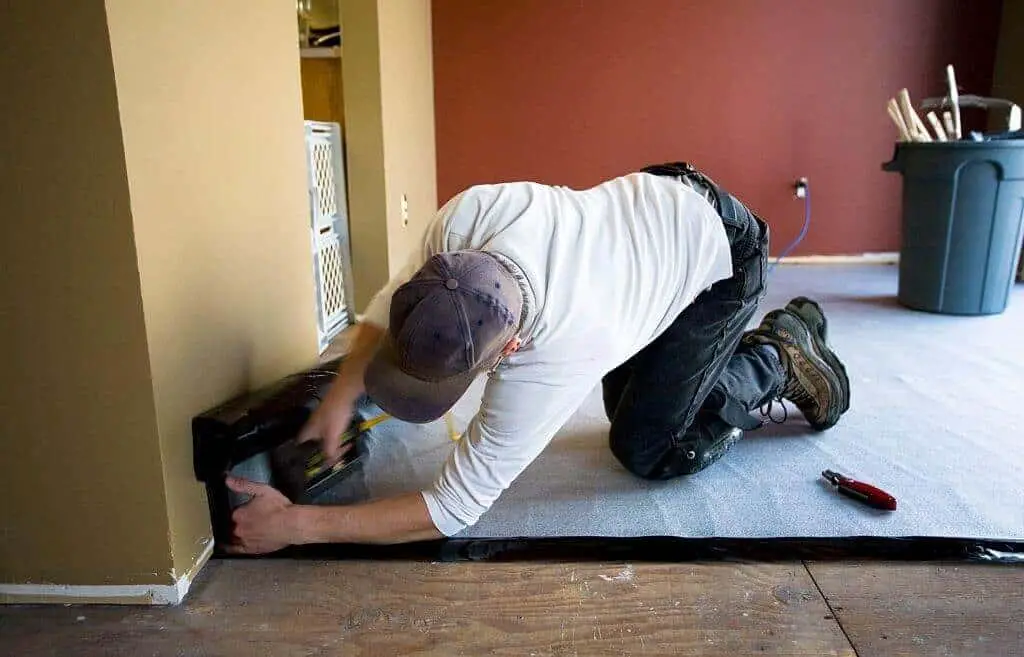Hardwood adds beauty and warmth to any home; it is also very durable and can withstand constant traffic for the most part. You probably want to switch to hardwood flooring, but you have concrete as your subfloor.
Well, there are easy procedures you can follow to install hardwood floor over concrete regardless of whether your floor is on the second floor, at ground level, or in the basement? You’ll find concrete floors in almost every home.
This article will focus on how to install hardwood floor on concrete. However, the information applies to tips on how to protect your floor and why choose hardwood flooring for your home.
Read: Best Vacuum for Concrete Floors
How to Install Hardwood Floor on Concrete
Table of Contents
Remove Old Flooring
The first thing you want to do is to remove old flooring; also you want to remove the baseboards, you don’t want your new hardwood flooring to have any gaps between the walls. You want to rip off the baseboards, but you don’t want to ruin your wall.
So you should get a pry bar into the scored crevice, start with a flat-edged tool like a spackle knife to work the baseboard loose, then try the pry bar. If the baseboards are still in good shape, you can try to reuse it.
The next thing you want to do is to check if the concrete floor has paint if it has then it needs to be removed using a concrete grinder machine that you can hire at your local hardware store.
Placing your new flooring over the concrete with paint will cause the adhesive not to hold properly, you don’t want that Once you get the concrete grinder, you want to put on protective gears and grind the paint, finish and glue off the concrete.
You want to do this carefully and not allow dust to get into your eyes when you completely grind off all the varnish off the concrete; you can then vacuum up all the dust and debris left behind.
Apply Moisture Barrier
You want to apply a moisture barrier on your concrete before laying your hardwood floor; this is because moisture is the worst enemy of hardwood floors. It’ll ruin your floor before you get to enjoy the floor, so this step is very important
Moisture barriers have a very strong smell and are made from chemicals you are not supposed to inhale, so before you apply a moisture barrier to your floor, you want to make sure there is proper ventilation in the room you are working on.
You want to start the application at the farthest end of the room then work your way towards the door; you want to move with your working materials because once the moisture barrier is applied, it should not be stepped on unless you would have to redo the whole process.
After application, you want to leave it to dry for at least 24hours, and when you come back, before stepping on the floor, you want to touch an edge to see if it is still tacky, if it is you want to leave it for a couple more hours.
Lay Out Flooring Material
You want to start installing your hardwood; you want to always lay the floor parallel to the longest wall on the room, you want to try to always work towards the door, so you are not trapped in the room where you then have to step on the newly installed floor.
When installing your floor, whether you need adhesive or not is determined by the type of floor you get, if you are using floating floorboards, you don’t need adhesive. The edges of a floating floorboard click into place with the boards around it, and that creates a solid floor.
Most people like to apply a foam layer underneath this to cushion sounds, but that is totally up to your preference. Once you get the correct amount of floor material you need, you can start the installation.
But if you are not using floating floorboards, you are going to need adhesive. You can use the same application process for the moisture barrier, always work towards the door in order not to trap yourself and also work in small sections; this will make the application easier.
After applying the adhesive, you can install your flooring materials and allow it to dry for at least 24hours. Also, you want to cut one inch off the wood to allow it to expand because wood doesn’t remain one size.
Finishing Touches
You want to install baseboards, clean the room and also admire your work.
Basement Subfloor Options
Permanent Attachment
You can choose to permanently attach your hardwood directly to the concrete using glue and nails, but this is not the best method, because firstly, using screws and nails to hold down your wood floor will cause the nails to penetrate your moisture barrier, creating a path for moisture to get to the wood.
Also, wood is a material that expands in response to humidity, but if you hold down the wood with nails that won’t be possible and that cause it to start warping and get damaged.
Lay a floating floor
This is the best option for installing a hardwood floor; a floating floor means it is not attached to the underneath subfloor. It floats over the subfloor, held in place by the weight of the floor itself. You have to install an underlayment or subflooring before placing this floating floor on the concrete floor.
A floating hardwood floor subfloor acts as a slight absorber that reduces noise and provides some insulation. Subflooring can be for both water barrier protection and noise reduction.
Factors to Consider Before Installing a Hardwood Floor
Age of Your Concrete Floor
This is a very crucial step because newly installed concrete flooring still has a huge amount of moisture in it, and moisture is the greatest enemy of hardwood floor. If you have newly installed concrete floor, you will need to cure it before installing a hardwood floor and depending on your location and climate; it takes about 8weeks for the concrete floor to fully cure.
It is not even recommended to install a hardwood floor over a newly installed concrete floor, the risk of the hardwood floor getting ruined very early is high.
Moisture Level in Old Concrete
Even concrete floors that have been installed for a long time can still seep out moisture from time to time, so before you install a hardwood floor over concrete, you want to check how much moisture leaks through the concrete, especially if your region is very damp or has high humidity.
Newly installed concrete is heavy with moisture, and it must be given at least 30 days old before moisture testing begins. Knowing the moisture content of both the wood flooring and the subfloor is an important part of quality control in the flooring installation process.
If you are having moisture problems, you can get a professional in basement waterproofing, to help you solve before you can go ahead to install the wood floor.
Grade Level
Grade Level refers to the location of the cement slab; you may be asked by your floor expert if the concrete is below or above grade, now this simply means if the concrete is at normal house level or below at basement levels.
They ask this question because it is not recommended to install a hardwood floor in the basement level.
Conclusion
If you love solid hardwood floors and your home rests on a concrete slab, you’re not out of luck. But it’s considerably more difficult to install a 3/4-in wood floor over concrete than over a regular hardwood subfloor. But do not fret, this article will come in handy when you are looking for how to install hardwood floor on concrete.


